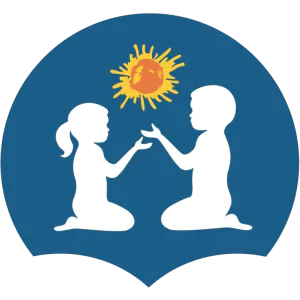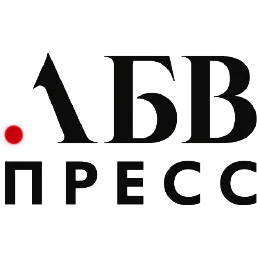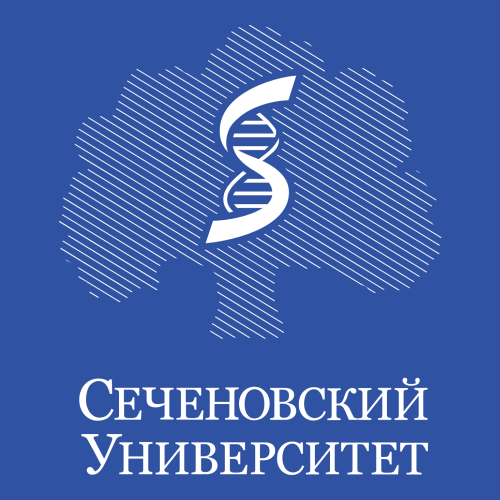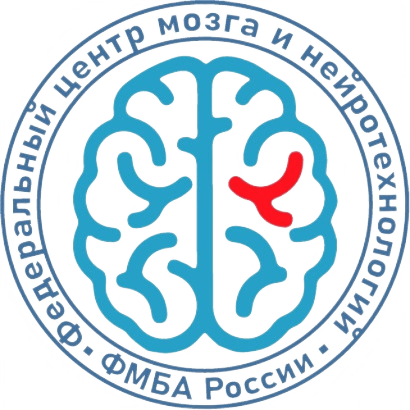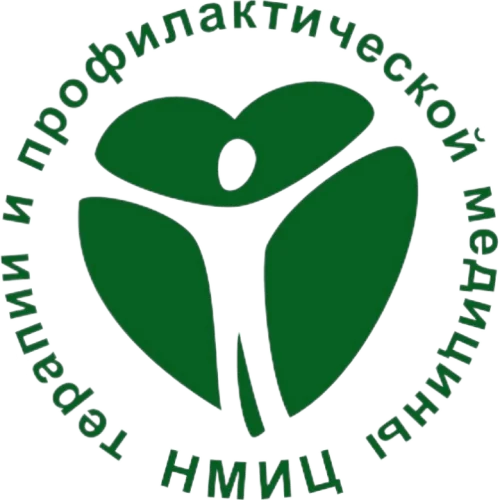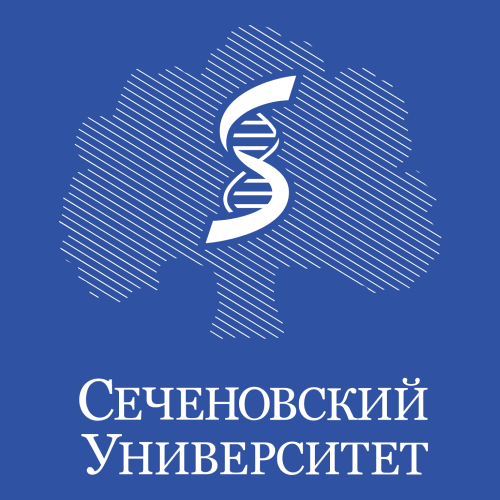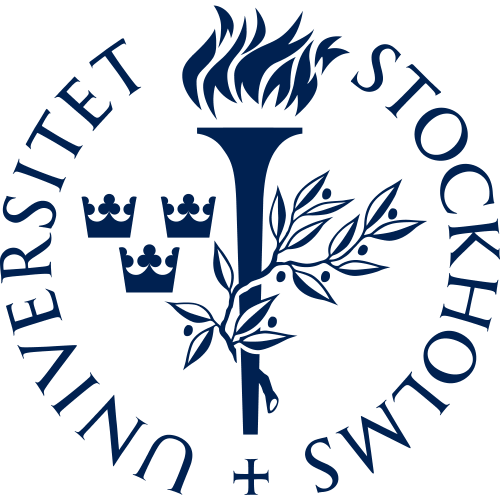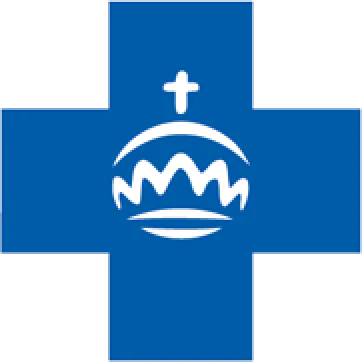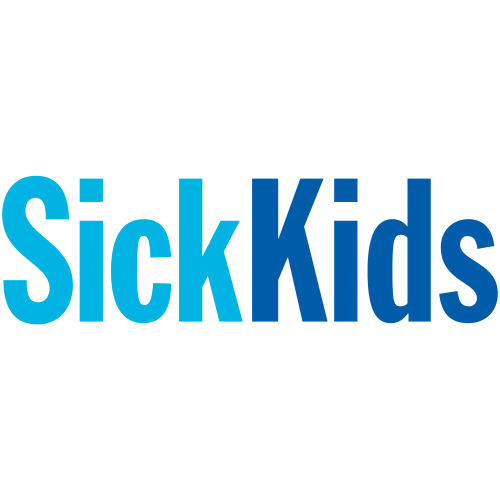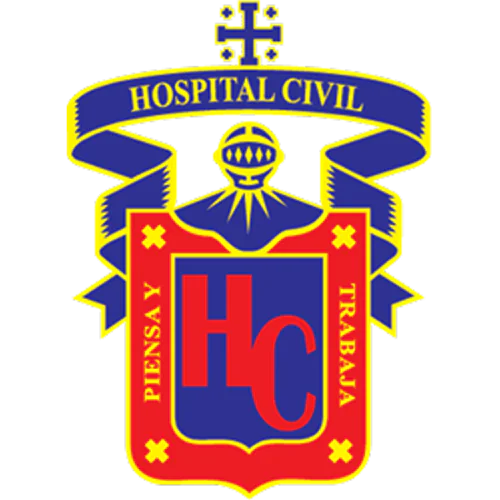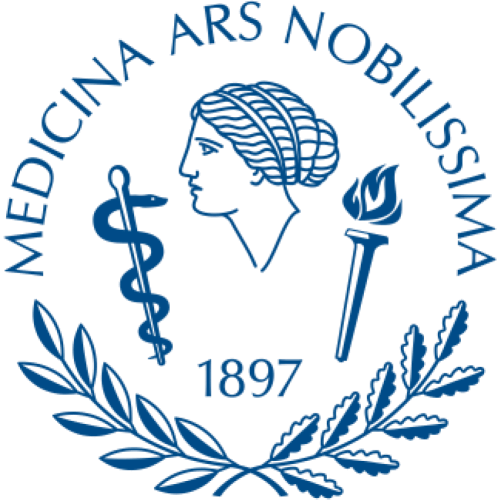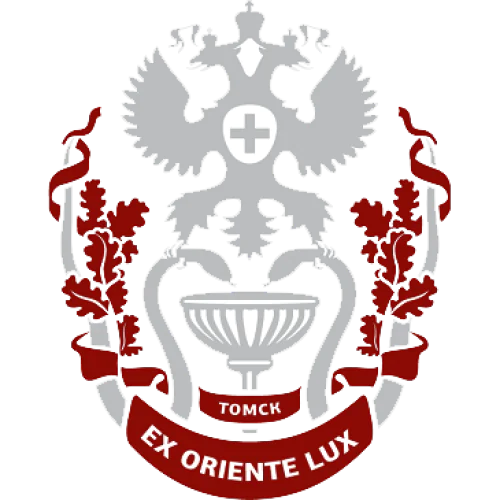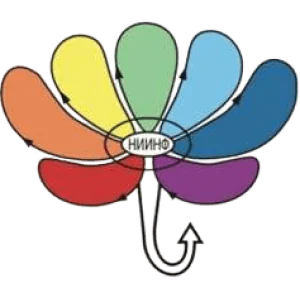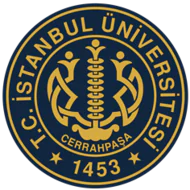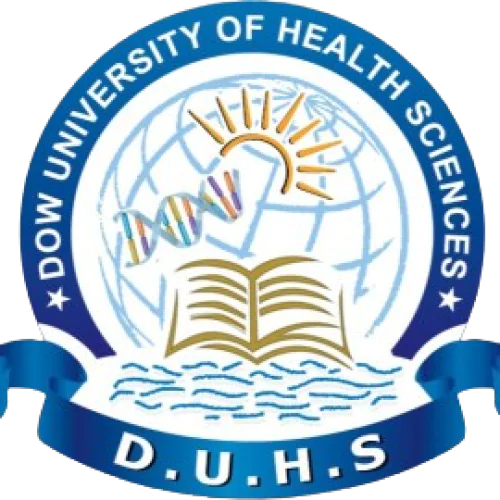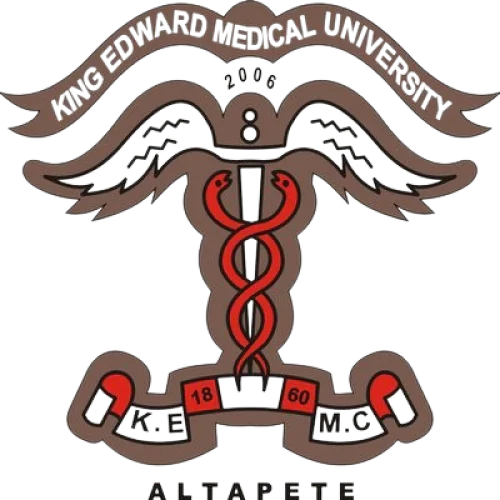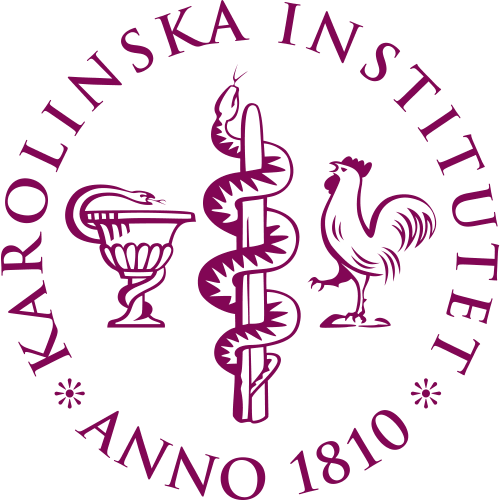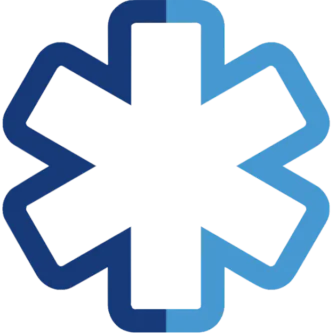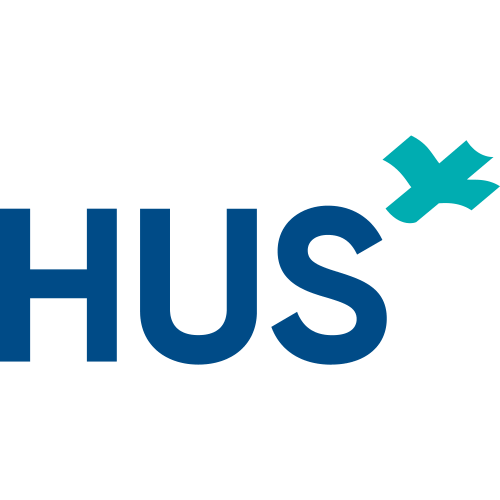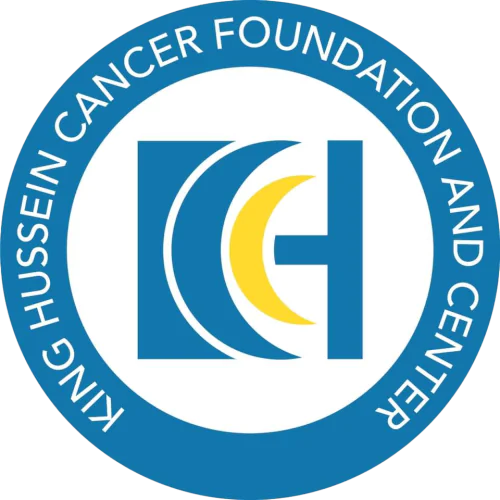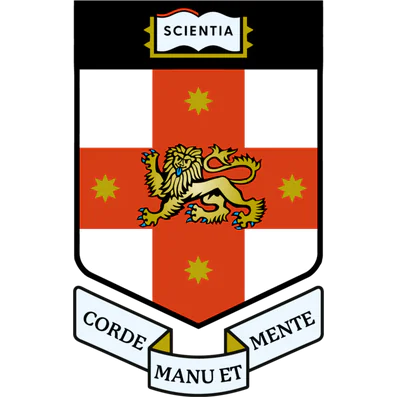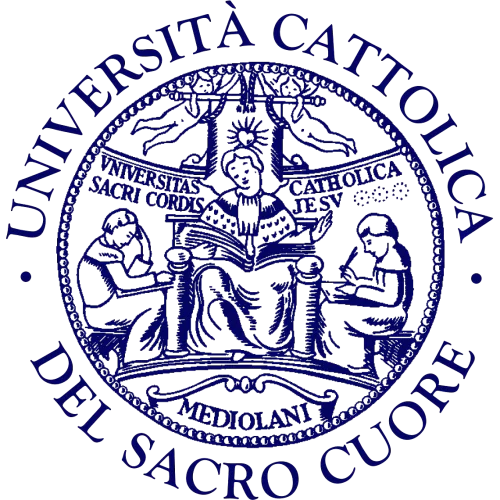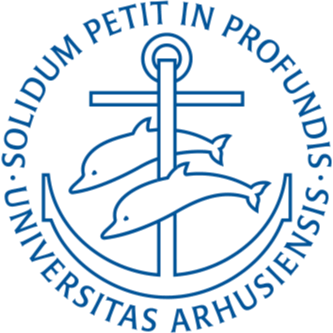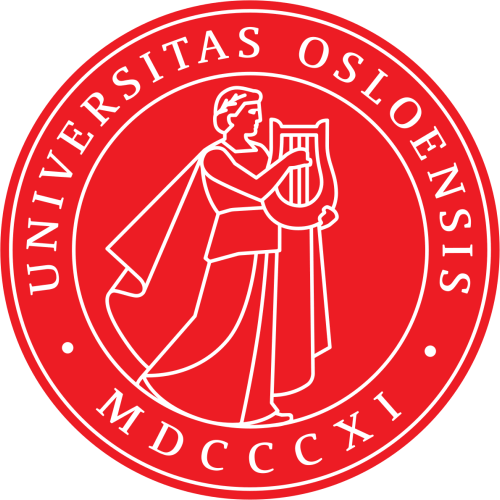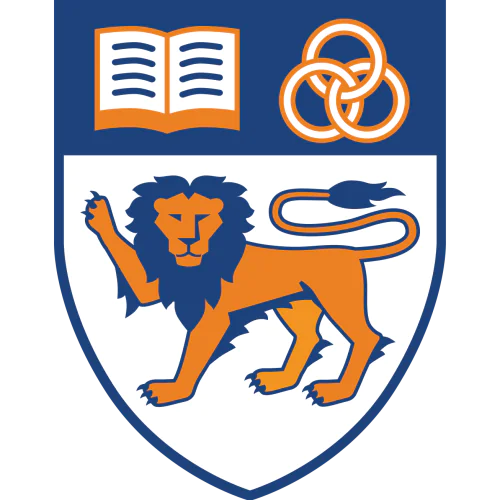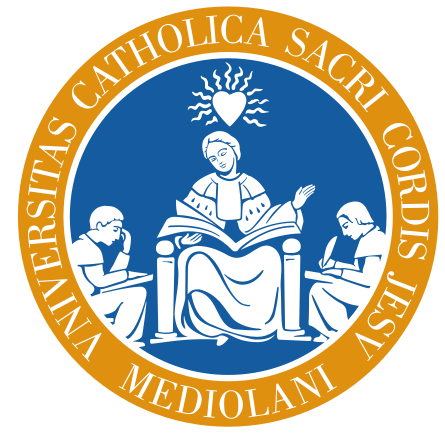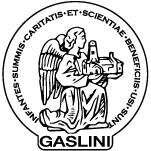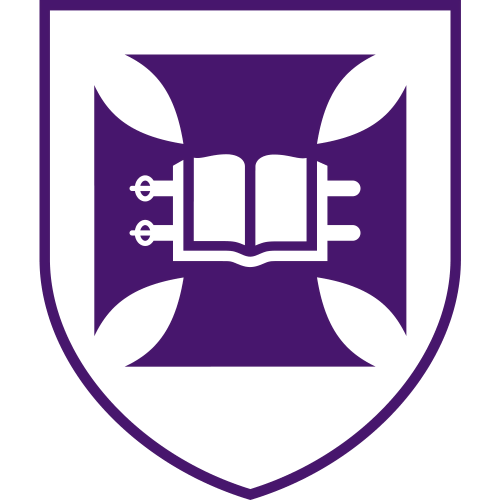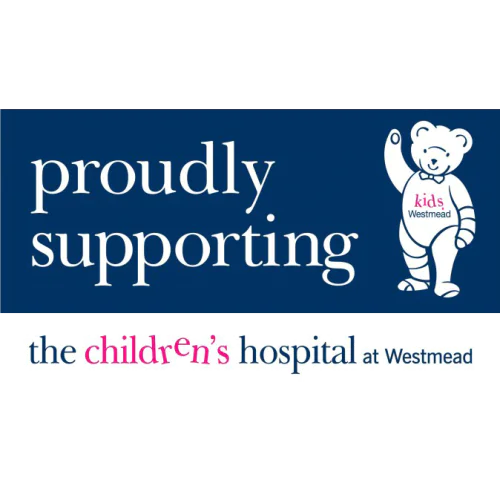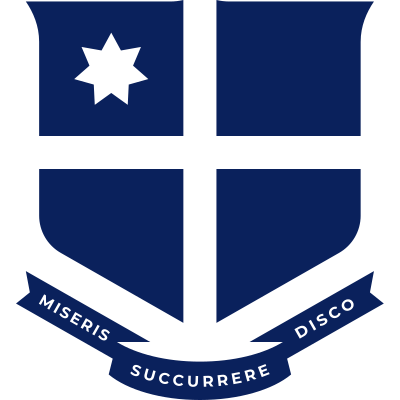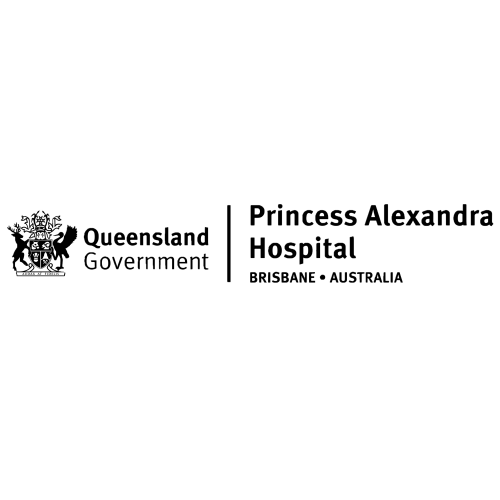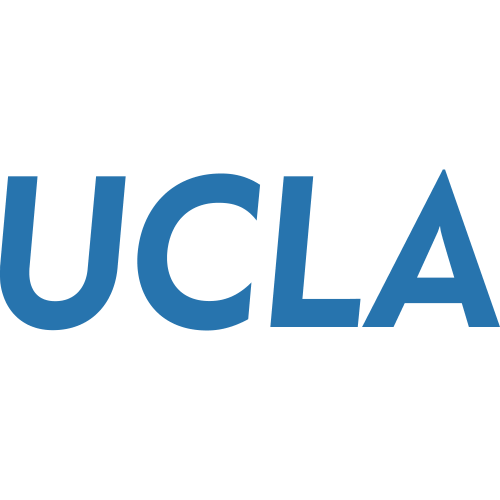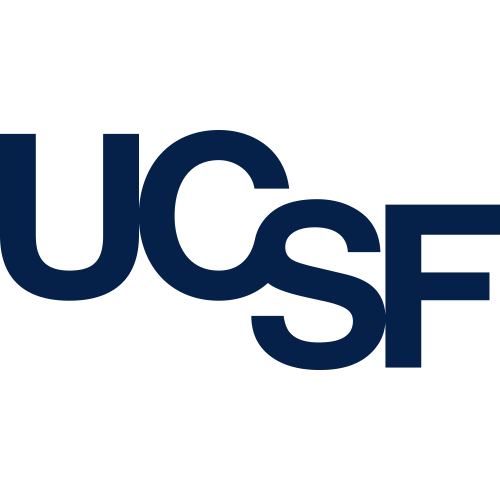Alena Andreevna Deviaterikova
PhD in Psychology
🥼
🥼
Alena can become your supervisor
If you would like to work under his/her guidance, please write a message or contact him/her on social media.
Authorization required.
🤝
🤝
Alena is looking for opportunities for scientific collaboration
If you would like to do joint research with him/her, write a message or contact him/her on social media.
Authorization required.
Publications
20
Citations
79
h-index
5
Research interests
Skills
Found
Nothing found, try to update filter.
Found
Nothing found, try to update filter.
Found
Nothing found, try to update filter.
Total publications
20
Total citations
79
Citations per publication
3.95
Average publications per year
2.22
Average coauthors
2.75
Publications years
2017-2025 (9 years)
h-index
5
i10-index
3
m-index
0.56
o-index
13
g-index
8
w-index
1
Metrics description
h-index
A scientist has an h-index if h of his N publications are cited at least h times each, while the remaining (N - h) publications are cited no more than h times each.
i10-index
The number of the author's publications that received at least 10 links each.
m-index
The researcher's m-index is numerically equal to the ratio of his h-index to the number of years that have passed since the first publication.
o-index
The geometric mean of the h-index and the number of citations of the most cited article of the scientist.
g-index
For a given set of articles, sorted in descending order of the number of citations that these articles received, the g-index is the largest number such that the g most cited articles received (in total) at least g2 citations.
w-index
If w articles of a researcher have at least 10w citations each and other publications are less than 10(w+1) citations, then the researcher's w-index is equal to w.
Top-100
Fields of science
|
1
2
3
4
|
|
|
Oncology
|
Oncology, 4, 20%
Oncology
4 publications, 20%
|
|
Hematology
|
Hematology, 3, 15%
Hematology
3 publications, 15%
|
|
Neurology
|
Neurology, 2, 10%
Neurology
2 publications, 10%
|
|
Psychiatry and Mental health
|
Psychiatry and Mental health, 2, 10%
Psychiatry and Mental health
2 publications, 10%
|
|
Neuropsychology and Physiological Psychology
|
Neuropsychology and Physiological Psychology, 2, 10%
Neuropsychology and Physiological Psychology
2 publications, 10%
|
|
Neurology (clinical)
|
Neurology (clinical), 2, 10%
Neurology (clinical)
2 publications, 10%
|
|
Cancer Research
|
Cancer Research, 1, 5%
Cancer Research
1 publication, 5%
|
|
General Medicine
|
General Medicine, 1, 5%
General Medicine
1 publication, 5%
|
|
Clinical Psychology
|
Clinical Psychology, 1, 5%
Clinical Psychology
1 publication, 5%
|
|
General Neuroscience
|
General Neuroscience, 1, 5%
General Neuroscience
1 publication, 5%
|
|
Physiology (medical)
|
Physiology (medical), 1, 5%
Physiology (medical)
1 publication, 5%
|
|
Health Policy
|
Health Policy, 1, 5%
Health Policy
1 publication, 5%
|
|
Linguistics and Language
|
Linguistics and Language, 1, 5%
Linguistics and Language
1 publication, 5%
|
|
Experimental and Cognitive Psychology
|
Experimental and Cognitive Psychology, 1, 5%
Experimental and Cognitive Psychology
1 publication, 5%
|
|
Cognitive Neuroscience
|
Cognitive Neuroscience, 1, 5%
Cognitive Neuroscience
1 publication, 5%
|
|
Education
|
Education, 1, 5%
Education
1 publication, 5%
|
|
Health Informatics
|
Health Informatics, 1, 5%
Health Informatics
1 publication, 5%
|
|
Rehabilitation
|
Rehabilitation, 1, 5%
Rehabilitation
1 publication, 5%
|
|
Language and Linguistics
|
Language and Linguistics, 1, 5%
Language and Linguistics
1 publication, 5%
|
|
Pediatrics, Perinatology and Child Health
|
Pediatrics, Perinatology and Child Health, 1, 5%
Pediatrics, Perinatology and Child Health
1 publication, 5%
|
|
Physical Therapy, Sports Therapy and Rehabilitation
|
Physical Therapy, Sports Therapy and Rehabilitation, 1, 5%
Physical Therapy, Sports Therapy and Rehabilitation
1 publication, 5%
|
|
Health Information Management
|
Health Information Management, 1, 5%
Health Information Management
1 publication, 5%
|
|
Leadership and Management
|
Leadership and Management, 1, 5%
Leadership and Management
1 publication, 5%
|
|
Psychology (miscellaneous)
|
Psychology (miscellaneous), 1, 5%
Psychology (miscellaneous)
1 publication, 5%
|
|
Speech and Hearing
|
Speech and Hearing, 1, 5%
Speech and Hearing
1 publication, 5%
|
|
LPN and LVN
|
LPN and LVN, 1, 5%
LPN and LVN
1 publication, 5%
|
|
1
2
3
4
|
Journals
|
1
2
3
|
|
|
Oncogematologiya
3 publications, 15%
|
|
|
Cerebellum
2 publications, 10%
|
|
|
Pediatric Blood and Cancer
1 publication, 5%
|
|
|
European Journal of Physical and Rehabilitation Medicine
1 publication, 5%
|
|
|
International Journal of Cognitive Research in Science, Engineering and Education
1 publication, 5%
|
|
|
Healthcare
1 publication, 5%
|
|
|
Journal of Neuro-Oncology
1 publication, 5%
|
|
|
Advances in Intelligent Systems and Computing
1 publication, 5%
|
|
|
International Journal of Psychophysiology
1 publication, 5%
|
|
|
Psychology in Russia: State of the Art
1 publication, 5%
|
|
|
Folia Phoniatrica et Logopaedica
1 publication, 5%
|
|
|
European Psychiatry
1 publication, 5%
|
|
|
Archives of Clinical Neuropsychology
1 publication, 5%
|
|
|
Cancers
1 publication, 5%
|
|
|
Medical Sciences
1 publication, 5%
|
|
|
Clinical Psychology and Special Education
1 publication, 5%
|
|
|
European Proceedings of Social and Behavioural Sciences
1 publication, 5%
|
|
|
1
2
3
|
Citing journals
Publishers
|
1
2
3
4
|
|
|
Springer Nature
4 publications, 20%
|
|
|
MDPI
3 publications, 15%
|
|
|
Publishing House ABV Press
3 publications, 15%
|
|
|
Cambridge University Press
1 publication, 5%
|
|
|
Wiley
1 publication, 5%
|
|
|
Elsevier
1 publication, 5%
|
|
|
Oxford University Press
1 publication, 5%
|
|
|
Edizioni Minerva Medica
1 publication, 5%
|
|
|
Association for the Development of Science, Engineering and Education
1 publication, 5%
|
|
|
Faculty of Psychology, Lomonosov Moscow State University
1 publication, 5%
|
|
|
S. Karger AG
1 publication, 5%
|
|
|
Moscow State University of Psychology and Education
1 publication, 5%
|
|
|
Cognitive-crcs
1 publication, 5%
|
|
|
1
2
3
4
|
Organizations from articles
|
2
4
6
8
10
12
|
|
|
Dmitry Rogachev National Research Center of Pediatric Hematology, Oncology and Immunology
11 publications, 55%
|
|
|
Peoples' Friendship University of Russia
9 publications, 45%
|
|
|
Organization not defined
|
Organization not defined, 6, 30%
Organization not defined
6 publications, 30%
|
|
Lomonosov Moscow State University
6 publications, 30%
|
|
|
Federal Center of Brain Research and Neurotechnologies of the Federal Medical Biological Agency of Russia
2 publications, 10%
|
|
|
National Research Center for Therapy and Preventive Medicine
1 publication, 5%
|
|
|
Moscow State Linguistic University
1 publication, 5%
|
|
|
2
4
6
8
10
12
|
Countries from articles
|
2
4
6
8
10
12
14
|
|
|
Russia
|
Russia, 14, 70%
Russia
14 publications, 70%
|
|
Country not defined
|
Country not defined, 7, 35%
Country not defined
7 publications, 35%
|
|
USA
|
USA, 1, 5%
USA
1 publication, 5%
|
|
2
4
6
8
10
12
14
|
Citing organizations
Citing countries
- We do not take into account publications without a DOI.
- Statistics recalculated daily.
Data by ORCID

MethodsX
(1)
This section displays the profiles of scientists registered on the platform. To display the full list, invite your colleagues to register.




